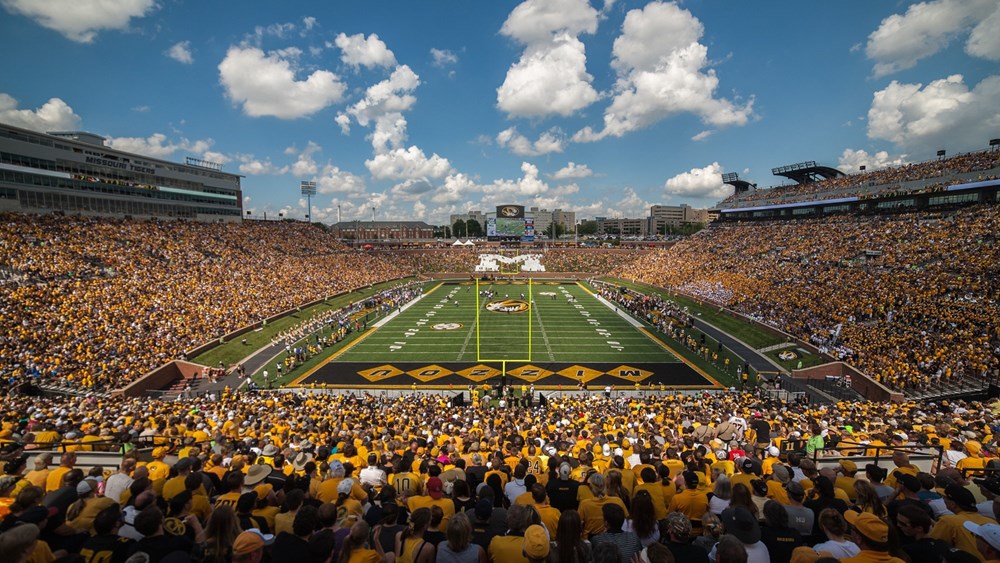
Contents
How to Take High Percentage Shots on the Dove Opener and Hit More Birds
For wingshooters, the dove opener is a kick-off to a fall full of rooster flushes, covey rises, and greenheads over decoys. It’s tough shooting because doves are small, fast, and change direction quickly. Shooters tend to improve later in the season after honing their skills. Although it would be ideal to have more practice on bigger birds before doves, the timing of their migration is beyond our control. However, we can control the shots we take when the doves arrive. Success depends on positioning and selecting the right habitat.
Sit In the Treeline
When scouting for the dove opener, locate flight paths and the surrounding trees doves land in. Doves often fly from roost trees to staging trees before feeding. Position yourself under these trees for shade and concealment. Shoot doves as they slow down to land on a limb, making it easier to hit the target.
Hunting in the middle of fields with spinning-wing decoys is common, but most shots will be on fast-flying doves. If you miss the first shot, the birds will change direction and fly away faster. Doves approaching a tree are more committed, allowing for a second opportunity to kill them within range.
Shoot Over the Top
Shooting birds flying straight over you is highly effective. Find birds flying towards you and away from you and shoot as they pass by. Shooting doves coming from behind requires proper gun movement. Right-handed shooters should stand or sit sideways and look over the right shoulder. As doves approach, mount the gun and have it ready for firing. Move the barrel below and in front of the bird, and shoot. Avoid the mistake of trying to track the bird by moving the barrel down from a high starting position, as this obstructs the target.
To practice this shot, go to the skeet range and stand with the gun mounted. Have someone throw clays from the high house while you face the low house. Notice how little you need to move the gun as the clay passes overhead.

Find Small Water
A dry period is beneficial for dove hunters, as it gathers birds around available water sources. Look for small ponds or potholes that have turned into puddles. Focus on water small enough to shoot across in any direction. This provides more opportunities to shoot birds coming in from different fields.
For concealment, search for tall grass or cattails. If there is no vegetation, cut and place willows or create a blind using wooden stakes and camo netting. The goal is to break up your outline, not crouch behind the blind.
Avoid the Big Fields
Hunting small sunflower and burnt wheat fields is preferable because shots are usually closer. Big fields attract more doves but make patterning flight lines challenging. Smaller fields give doves less time to spot you. Choose a mid-point on the edge of the field to have a better chance of shooting passing doves.
Pick a Shot Window, Stick to It, and Hunt in Pairs
It can be overwhelming when doves fly from every direction, making it difficult to focus on a single bird. Select a shot window between two landmarks and only shoot doves within that zone. Look for the ideal spot within that window to aim for, similar to finding the best break point on a skeet range. If birds aren’t using your chosen shot window, pick a different one. Hunting with a buddy is helpful, as two sets of eyes can efficiently cover 360 degrees when sitting facing different directions.

A skilled hunter, dedicated conservationist, and advocate for ethical practices. Respected in the hunting community, he balances human activity with environmental preservation.
